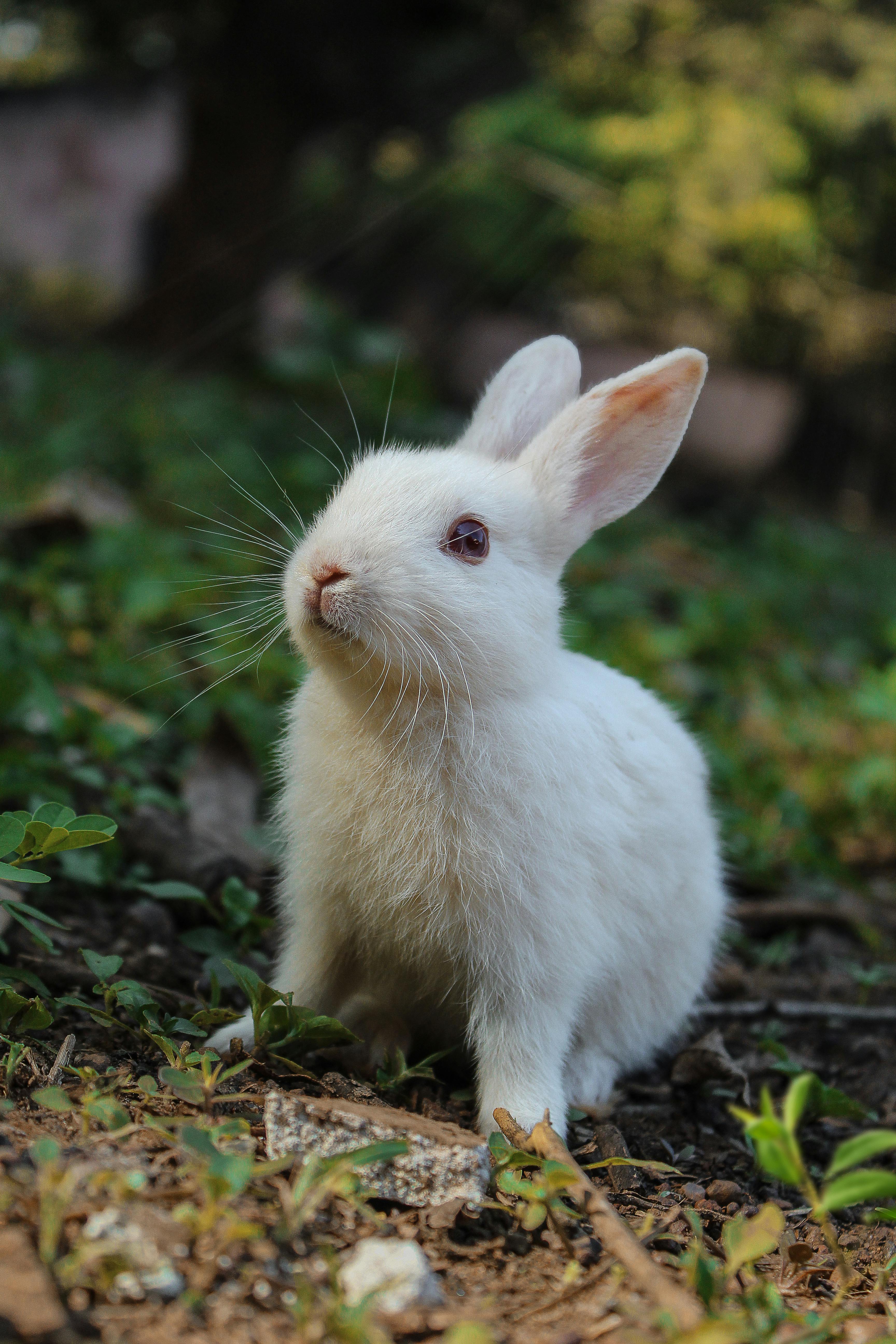Smart Guide to Dwarf Hamster Characteristics for Better Pet Care in 2025
Dwarf hamsters are charming little creatures that have captured the hearts of pet enthusiasts worldwide. Known for their petite size and energetic personalities, these tiny pets bring joy to many households. This guide aims to explore their unique characteristics in detail, ensuring that potential owners and enthusiasts fully understand how to care for these delightful rodents. From their various breeds and appearance to their diets and habitat needs, we will delve into every aspect of dwarf hamster care. As you read through this comprehensive guide, you'll learn how to create an environment that fosters a healthy and happy life for your dwarf hamster.
By understanding dwarf hamster behavior, social needs, and health issues, you can ensure your pet thrives in its new home. This guide will cover essential topics, including:
- Dwarf hamster appearance and breeds
- Habitat and habitat requirements
- Dietary needs and food preferences
- Socialization and interaction tips
- Health care and common health issues
With a knowledge foundation built from this guide, you will be well-equipped to provide your dwarf hamster with the best possible care.

Exploring Dwarf Hamster Appearance and Breeds
Understanding dwarf hamster appearance is crucial for identifying their various breeds and ensuring proper care. Dwarf hamsters generally have small, compact bodies with distinct features that make them easily recognizable. Most breed characteristics include round faces, tiny ears, and short tails. The breeds vary in coat types, colors, and patterns, adding to their appeal as pets.
Common Dwarf Hamster Breeds
There are several types of dwarf hamsters, with the most popular being the Roborovski, Campbell’s, and Winter White hamsters. Roborovski hamsters are the smallest of the three, known for their sandy-colored coats and lively nature. Campbell's dwarf hamsters are slightly larger, often showcasing variations in color, including agouti and blue. Winter White hamsters are recognized for their stunning white coat during winter months, which can turn various shades in summer.
Dwarf Hamster Color Variations
Dwarf hamsters come in a range of colors, including black, white, brown, grey, and combinations thereof. Some breeds exhibit unique colorations, enhancing their attractiveness. Color also dictates some breeding choices for pet owners wanting specific appearances.
Coat and Size Characteristics
Most dwarf hamsters have soft, dense fur that requires regular grooming. Their small size generally ranges from 2 to 4 inches in length, making them easy to handle for children and adults alike. Regardless of their small size, each hamster maintains a unique personality, adding to their charm as companions.
Building on these fundamentals of appearance and breed diversity, the next crucial area of focus is the behavioral characteristics that define dwarf hamsters.
Understanding Dwarf Hamster Behavior
Dwarf hamster behavior is a fascinating aspect that reflects their personality traits. Each hamster breeds exhibit unique temperament and behavior patterns, affecting how they interact with their owners and environment. Recognizing these behaviors can significantly enhance the relationship between pet and owner.
Typical Dwarf Hamster Temperament
Dwarf hamsters are generally known for being inquisitive, playful, and friendly when properly socialized. They often exhibit a lively and energetic demeanor, making them entertaining pets. However, some hamsters may be more timid or solitary, particularly if they haven't been properly socialized from a young age. Understanding these temperament differences is essential for ensuring a positive experience with your pet.
Socialization and Interaction Tips
Encouraging social interaction with dwarf hamsters is vital for fostering a strong bond. Accessories like hamster wheels and tunnels enhance their playtime experience. Establishing a routine of gentle handling during playtime and avoiding sudden movements can alleviate stress and promote trust.
Dwarf Hamster Noises and Communication
Dwarf hamsters communicate using various sounds, including squeaks, chirps, and whines. Understanding these noises can help owners gauge their pet’s mood and needs. For example, a high-pitched squeak might signal excitement, while a low whine could indicate stress. Listening carefully to these communication cues can lead to improved interactions.
With these insights into behavior established, the next aspect to consider is the ideal habitat each dwarf hamster requires for thriving.
Creating the Ideal Dwarf Hamster Habitat
The habitat requirements for dwarf hamsters play a crucial role in their overall wellbeing. Providing a safe and stimulating environment fosters a happy and healthy hamster. Understanding these essentials ensures that their living space supports their natural behavior and needs.
Dwarf Hamster Cage Setup
A proper cage setup for dwarf hamsters should include ample space, clean bedding, and areas for exploration. A minimum cage size of 24” x 12” is recommended, ensuring enough room for activities. Cages with multiple levels provide extra opportunities for climbing and exploring.
Essential Habitat Items
Essential items in a hamster cage include a comfortable nest area, a water bottle, and chewable toys. Incorporating materials like wood shavings, paper bedding, or hay aids in creating a cozy nest. Additionally, toys—such as tunnels and climbing structures—promote activity and prevent boredom.
Environmental Enrichment
Providing every dwarf hamster with environmental enrichment enhances their daily life. This can be achieved through regular changes in toys, different types of bedding, and even variations in treat offerings to maintain engagement. Ensuring they have a mix of solitude and social time will help them thrive.

Nourishing Dwarf Hamster Diet
The diet of a dwarf hamster is paramount for their health. A proper balance of nutrients supports their activity levels, coat health, and overall vitality. Understanding their feeding habits and preferences is essential for long-term care.
What Does a Dwarf Hamster Eat?
Dwarf hamsters primarily require a mix of high-quality commercial pellets and fresh vegetables. Providing a balanced diet with store-bought hamster food ensures that they receive the necessary vitamins and minerals. Fresh fruits and vegetables should be introduced gradually to maintain digestive health.
Ideal Dwarf Hamster Food Choices
Foods such as carrots, spinach, and cucumber are excellent vegetable choices, while occasional treats like sunflower seeds and small fruit pieces serve as delightful snacks. However, moderation is key, especially with high-sugar fruits.
Common Dwarf Hamster Feeding Mistakes
One of the most frequent mistakes is overfeeding dwarf hamsters, leading to obesity and health issues. It's crucial to observe portion sizes and ensure a varied diet rather than concentrating solely on high-calorie seeds or fruits.
Ensuring Dwarf Hamster Health and Grooming
Dwarf hamsters are generally resilient creatures, yet regular health checks and grooming are essential for maintaining optimal health. By understanding common health issues and grooming best practices, owners can prevent ailments and ensure longevity.
Signs of a Healthy Dwarf Hamster
Indicators of a healthy dwarf hamster include bright eyes, a clean coat, and active behavior. Regular observation can help in promptly identifying any troubling signs and addressing them with a veterinarian.
Common Health Issues and Diseases
Common diseases affecting dwarf hamsters include wet tail, respiratory infections, and dental issues. Being vigilant about cleanliness and providing proper nutrition can prevent these problems from arising.
Dwarf Hamster Grooming Habits
Regular grooming is essential, particularly for long-haired breeds. Brushing their coat weekly helps prevent matting and reduces the risk of skin infections. Additionally, ensuring their nails are trimmed can prevent injury while they navigate their habitat.
Q&A: Addressing Common Dwarf Hamster Care Questions
1. What is the average lifespan of a dwarf hamster?
The average lifespan in captivity is between 2-3 years, with proper care potentially extending it. Factors such as diet, environment, and health care play significant roles.
2. Can dwarf hamsters live together?
Dwarf hamsters are generally solitary, with certain breeds like Campbell's being more social. Always ensure that their habitat caters to individual needs and monitor interactions closely to avoid territorial disputes.
3. How often should I clean a dwarf hamster's cage?
Regular cleaning is essential, with full cage cleanings recommended every 1-2 weeks. Spot cleaning should be done more frequently to uphold hygiene and prevent odors.
4. What are some common misconceptions about dwarf hamsters?
Many people believe that all dwarf hamsters are social and can live together peacefully, which is inaccurate. Understanding each breed's social dynamics is essential for successful cohabitation.
5. How can I tell if my dwarf hamster is stressed?
Signs of stress include excessive grooming, hiding more than usual, or aggressive behavior. Recognizing these signs early can help you create a more comfortable environment for your furry friend.
